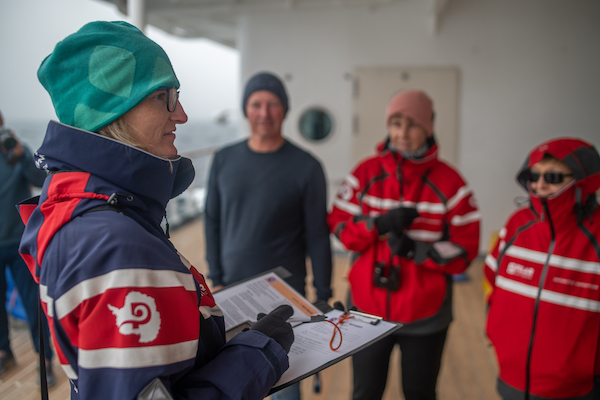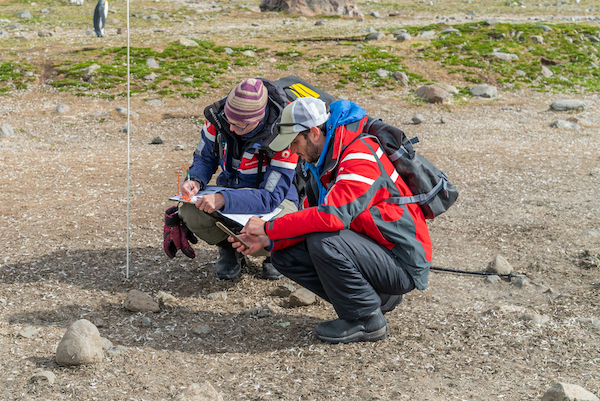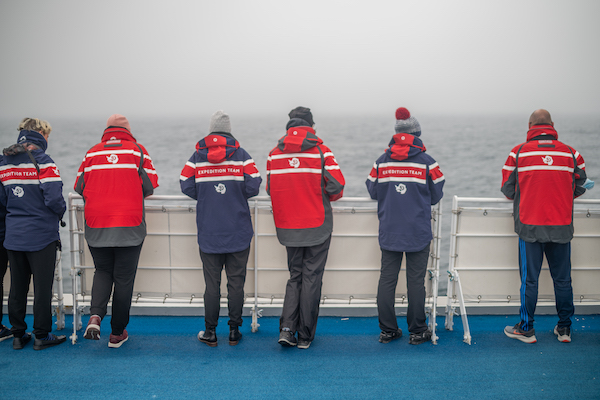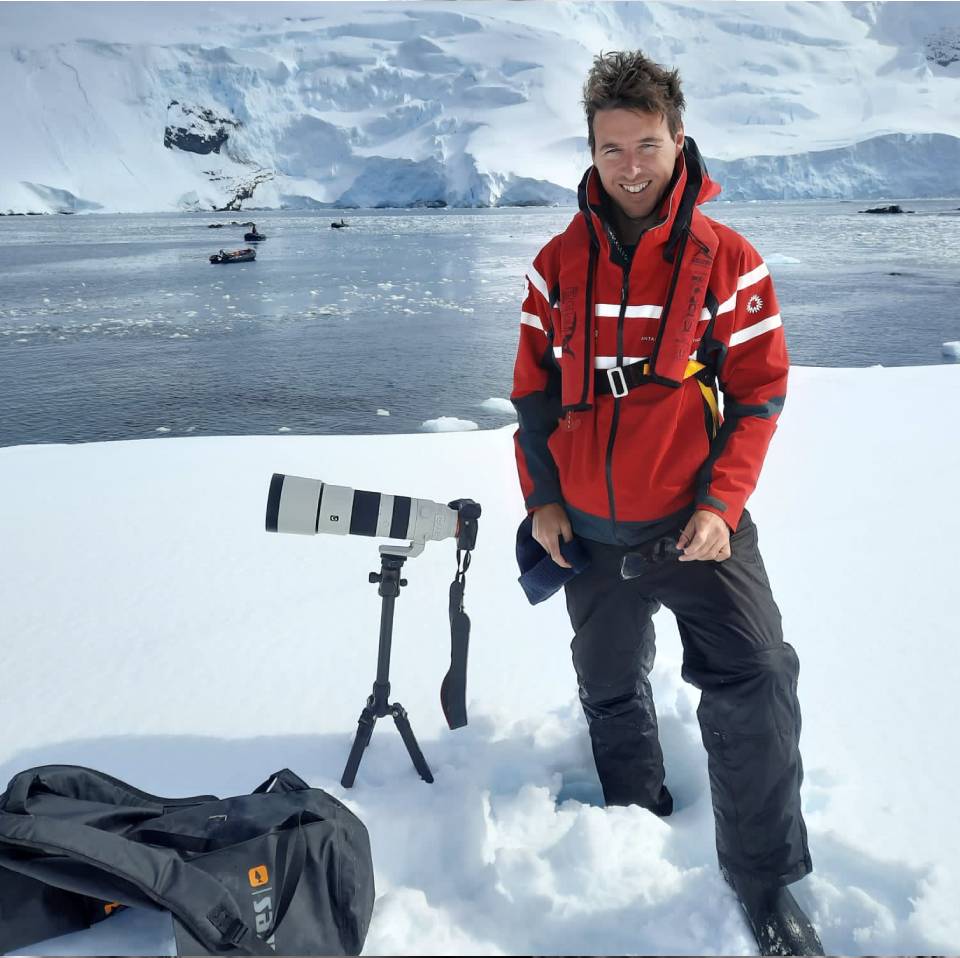Antarctic cruises can offer more than just breathtaking scenery and unique wildlife, they can also give people the chance to take part in scientific studies. encounters. The citizen science program allows passengers to actively contribute to scientific research through a variety of onboard studies.
It is important to note here that not all expedition cruise operators in Antarctica take part in citizen science, but many do.
In this article, we will look into the concept of citizen science and explain exactly what it is and how you can take part.

What is Citizen Science?
In short, citizen science uses data collected by the general public to help contribute to real scientific research being conducted by scientists.
Antarctica is a remote destination and research here costs a great deal of money. Because of this, it is often difficult for scientists to get the funding they need to research in these remote regions. This is where citizen science comes in. Thanks to Antarctic tourism, there is a constant stream of ships and passengers navigating these remote regions all summer. This provides the perfect opportunity for scientists to engage the public to help them capture the data they would otherwise be unable to collect themselves.
Individuals can actively contribute to data collection, analysis, and interpretation. This in turn forges a deeper connection between travellers and the study of this pristine and remote region.
Many Antarctic cruise operators have now embraced this concept, allowing passengers to become part of the4 ongoing research initiatives.
What are the most common citizen science initiatives you can get involved in?

Wildlife Observation:
One of the most popular activities is wildlife observation. You will probably find yourself doing this naturally anyway. If you take part you will need to record sightings of various species such as penguins, seals, and whales. By collecting data on population numbers, behaviours, and distribution, your contribution will provide valuable insights into the health and dynamics of Antarctic ecosystems.
Weather and Cloud observation:
Weather patterns are crucial to the study of climate change, especially in Antarctica. The expedition guide will teach what to look for and how to collect the data. You will be observing elements such as temperature, wind speed, and cloud cover. These observations will help scientists monitor long-term climate trends and refine climate models, leading to a better understanding of climate change impacts in the region.
Seabird Studies:
Antarctica is home to a wide range of seabird species, including albatrosses, petrels, and skuas. Birders and twitchers in particular love this option as it allows them to use their keen eyesight and seabird knowledge to assist scientists in their research. Bird behaviour, nesting patterns, and feeding habits are just some of the ways in which passengers can assist in data collection. This data contributes to ongoing research on seabird ecology, migration patterns, and the impact of environmental changes on these majestic creatures.
Oceanic Research:
Understanding the Southern Ocean and how it is changing is vital for comprehending and predicting global climate systems. Citizen scientists onboard can contribute to this by deploying scientific instruments to measure elements such as water temperature, salinity, and nutrient levels. These measurements aid scientists in studying ocean currents, marine ecosystems, and the impact of climate change on the region's marine life.
Happy Whale:
Happy Whale is one of the most recognised citizen scientist programs on the planet. Happy Whale provides a way for scientists to track whale migrations and even certain pods and individuals. All whales can be identified by the underside of their fluke. So, if you manage to take a picture of a whale fluking you can then upload the picture on the Happy whale app. From there you can continue to track that whale wherever it may venture.
What are the benefits of citizen science?

Accessible and accelerated data collection:
As we noted at the start of this article, citizen science allows scientists to capture data in locations that are not easily accessible financially. It also allows scientists to collect data on a much larger and quicker scale. This enhanced data collection capacity enables scientists to analyse trends and patterns more comprehensively, leading to more robust scientific findings.
Scientific Awareness:
Citizen science programs on Antarctic cruises are a great way to engage the general public in scientific studies and how the earth is being impacted by climate change. Participants often gain a deeper appreciation for the region's ecological importance, thus becoming ambassadors for conservation.
Empowerment and Education:
Citizen science programs empower individuals to actively contribute to scientific studies, promoting a sense of personal investment and environmental stewardship. Passengers can learn about scientific methodologies, ecological principles, and the challenges facing Antarctica, inspiring a desire for continued learning and advocacy.
Conclusion:
Antarctic cruises offer an extraordinary opportunity for travelers to go beyond being mere spectators and become active participants in scientific research. Citizen science initiatives enable passengers to contribute to a better understanding of Antarctica's incredible ecosystem, climate data, and wildlife populations.
By engaging the public in scientific endeavours, scientists can create a powerful synergy between tourism and research, fostering a shared commitment to the conservation and preservation of this remarkable region.



